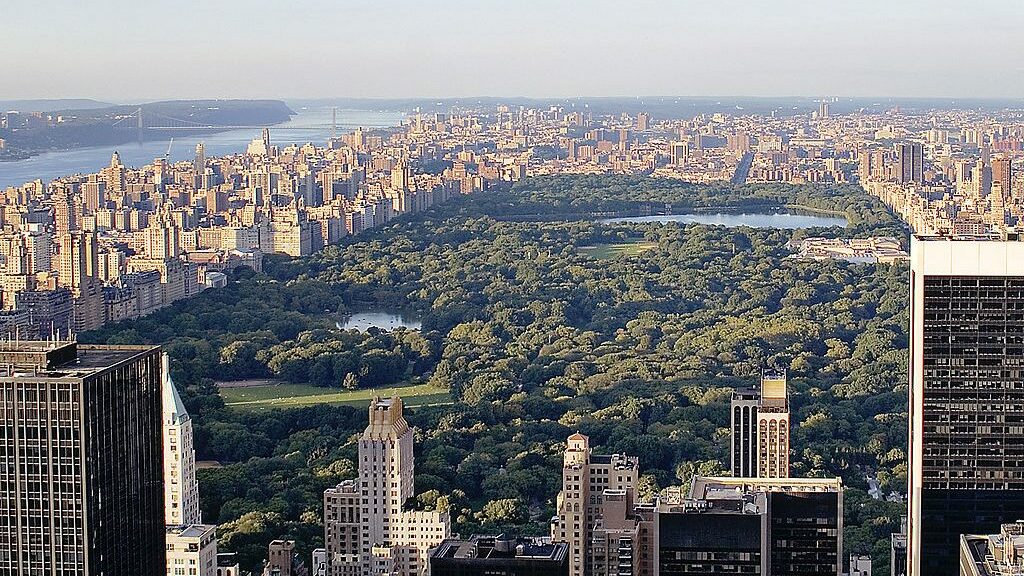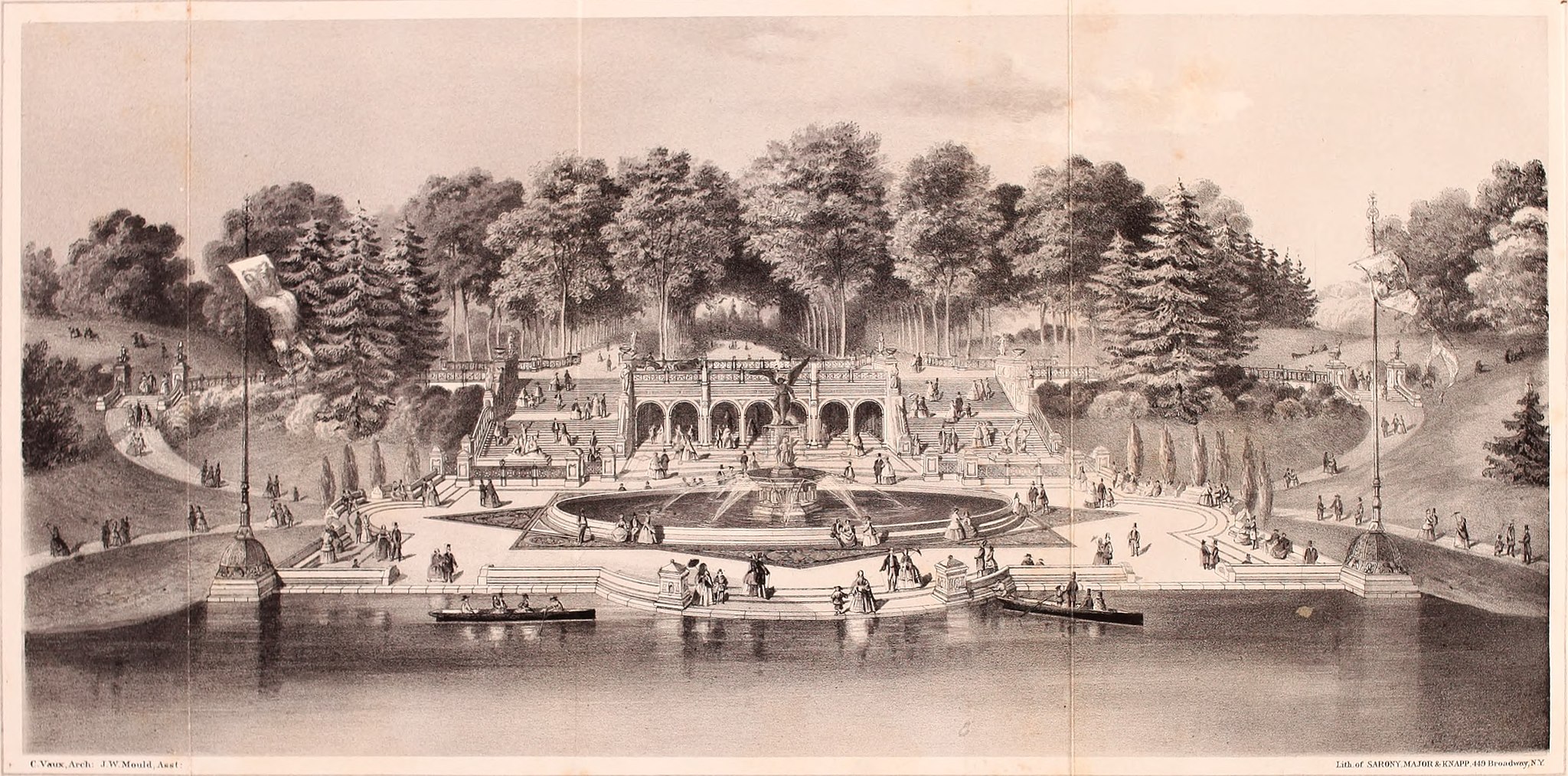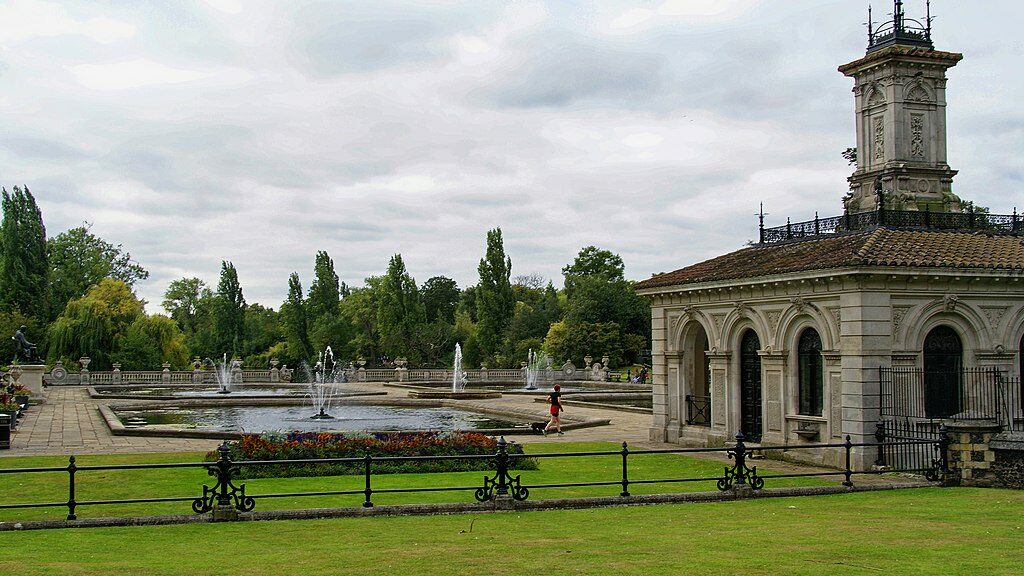All you need to know about New York’s Central Park

The probably most famous park in the world is located in the middle of Manhattan.
Billboard
Skyscrapper
Halfpage
The Central Park in New York City is one of the most famous parks in the world. Its location in mid Manhattan makes it an icon of the city. The Central Park was not part of the Commissioners Plan of 1811.
Even today, a stringent street grid characterises the structure of Manhattan, one of the five boroughs of New York City. The grid goes back to the most important plan that was created to build the city: the Commissioners Plan of 1811. According to this plan Manhattan should be developed along a rectangular grid of avenues and streets. Until then, only the southern part of the island had been built on. From 1811 onwards, the further development of Manhattan followed the grid structure. So, the Commissioners Plan provided for several small green spaces that interrupted the grid. However, there was no central, large park. This changed in 1858, when the idea for Central Park emerged.
The green lung of Manhattan
As the city grew rapidly, so did the desire for a large park. It was supposed to offer the residents a piece of nature and a place where they could escape the stress of city life. Today, over 150 years later, the Park still serves this purpose. It welcomes all people and offers various opportunities for activities. With 42 million visitors a year, Central Park is one of the most visited parks in the United States and one of the most popular destinations in New York City.
A visualisation of Central Park from the Annual Report of the Board of Commissioners circa 1858. Image: Internet Archive Book Images, via Wikimedia Commons

Medium Rectangle
Halfpage
Before Central Park came into being
The design of Central Park can be traced back to Frederick Law Olmsted and Calvert Vaux. They designed numerous parks in the USA. This includes Central Park, one of their masterpieces. In the 1850s, when the planning for the park began, the area was located far north and therewith no part of the small city of New York. In the central area of Manhattan Island, small farms and isolated buildings shaped the marshland and rocky hills. Most of the people in the area lived in Seneca Village, a small settlement. Its houses were demolished in 1857 to make way for Central Park.
Design by Frederick Law Olmsted and Calvert Vaux
To design the new park, the Parks Commissioners held a competition in 1857. The winning design was the Greensward Plan, which was inspired by open fields of the English countryside. The plan was created by Frederick Law Olmsted and Calvert Vaux. They envisaged a naturalistic-looking park, one that looked like untouched nature, although it was based on intensive design and structural interventions. Olmsted and Vaux integrated various landscapes and scenic impressions into their park design. The total of 349 hectares was to feature extensive lawns, picturesque woodland areas, meandering bodies of water and large lakes. In the course of time, other facilities were added: Baseball and football fields, a carousel, two areas for ice skating, a zoo, formal gardens, monuments and concert and theatre facilities.
Facilities, location, and budget
The competition brief called for Central Park to have a parade area, a street, three ball fields, a winter area, a large fountain, a flower garden, and streets crossing the park. The budget shouldn’t exceed $1.5 million. Second prize winner Samuel Gustin suggested to provide a central location for the park: Jones Wood, an area on the Upper East Side, had been earmarked for the new park. Gustin, who was a plant expert, recommended to build the park in a barren area rather than thinning out the mature wooded areas in the Northeast. Although Gustin did not win the competition, his ideas were respected. Later was announced to lead the planting design for the park.
Skyscrapper
Halfpage

The Central Park over the years
In addition to providing various opportunities for recreation, the park makes valuable ecological contributions. With its more than 18,000 trees, it helps to cool and purify the air in the densely built-up city. It is home to many animals. Among other things, it serves as a stopover for over 200 bird species on their route across the Atlantic. But Central Park was not always valued for its ecological and climatic supportive functions. Large events and commercial uses gnawed at its substance and threatened its existence as a retreat from stressful urban life. It suffered from neglect and mismanagement, especially during the city’s economic downturns.
The Central Park Conservancy
New Yorkers took the neglect of Central Park as an opportunity to fight for their park. They helped to preserve and protect the park with its original purpose. After years of extreme decay, they finally founded the Central Park Conservancy in the 1960s. In this association, committed citizens still take care of the park together with the city. Thanks to private donations, the Central Park Conservancy can invest almost 75 million US dollars in the park every year. This allows the municipal Department of Parks and Recreation to spend almost its entire budget on other parks in the city.
Want to find out more about world famous parks? Check out this article about London’s Hyde Park.












